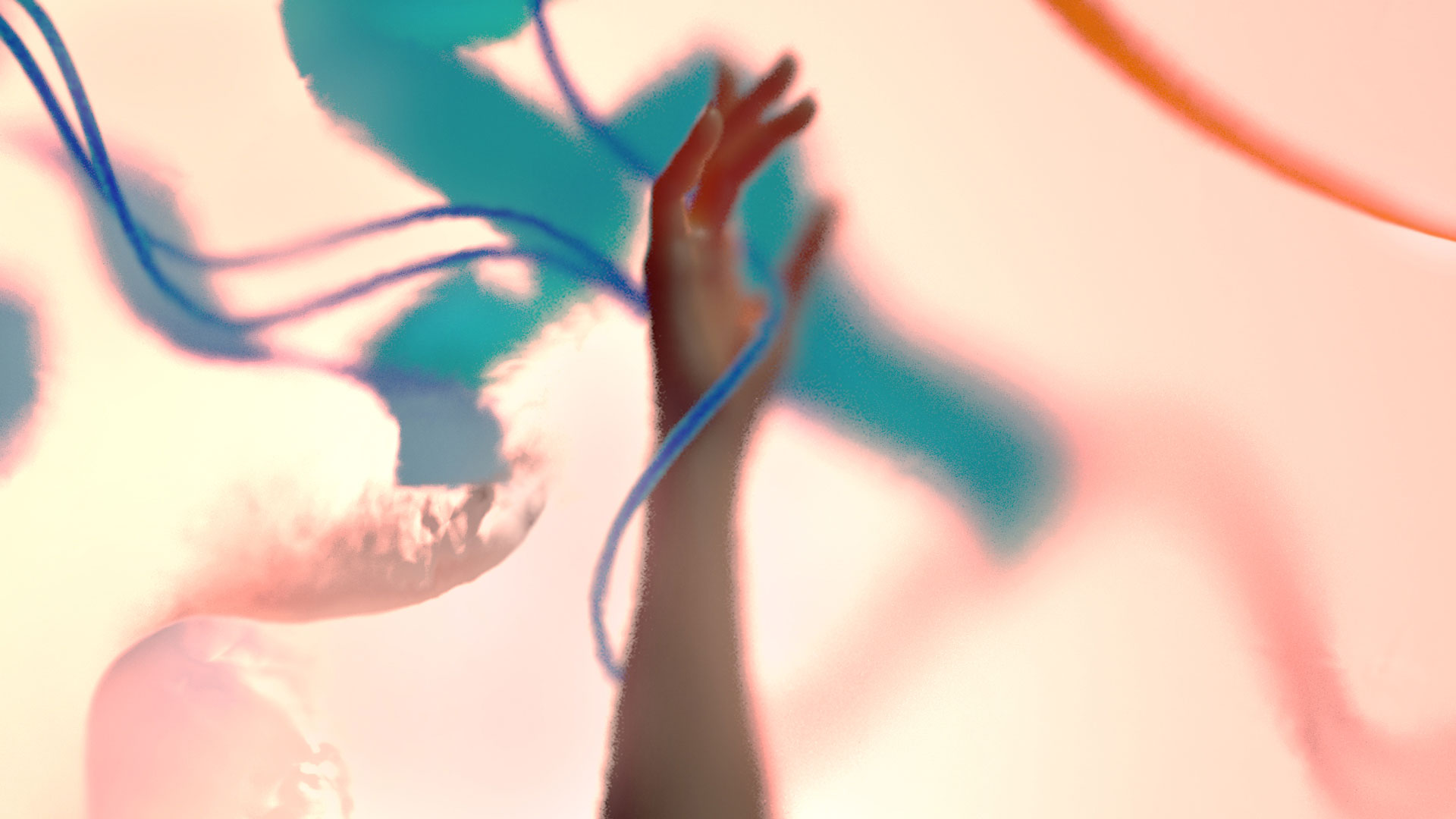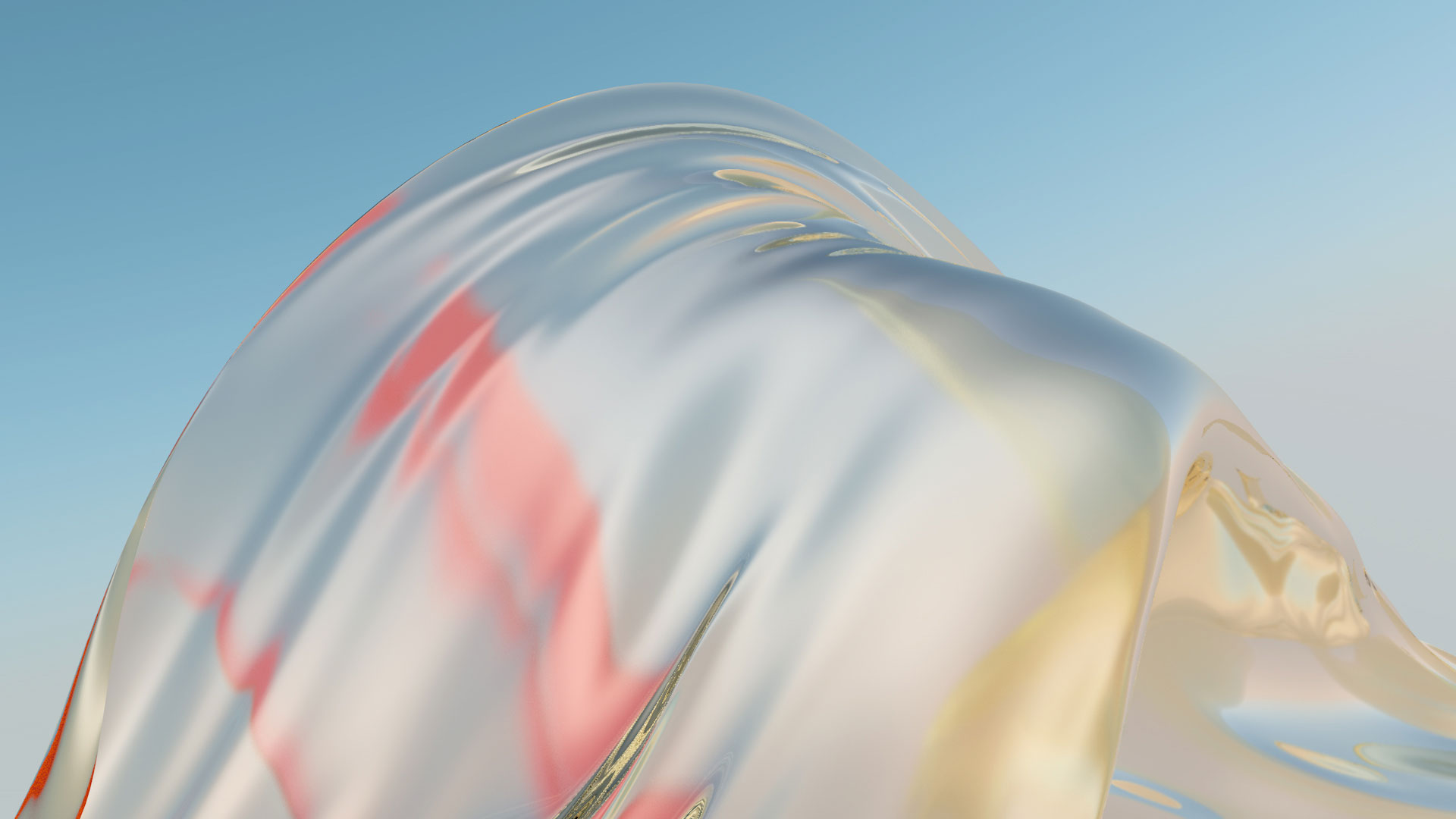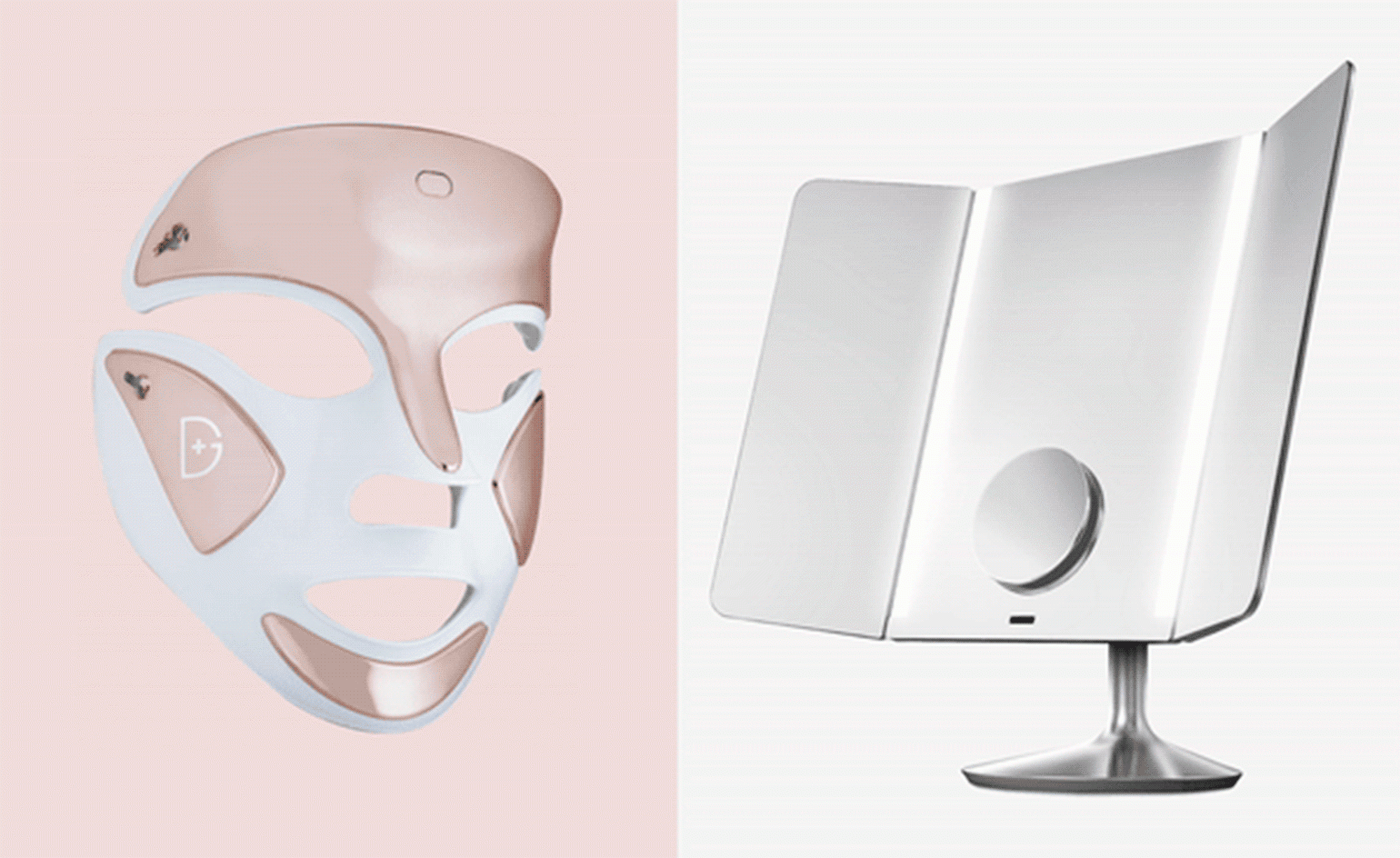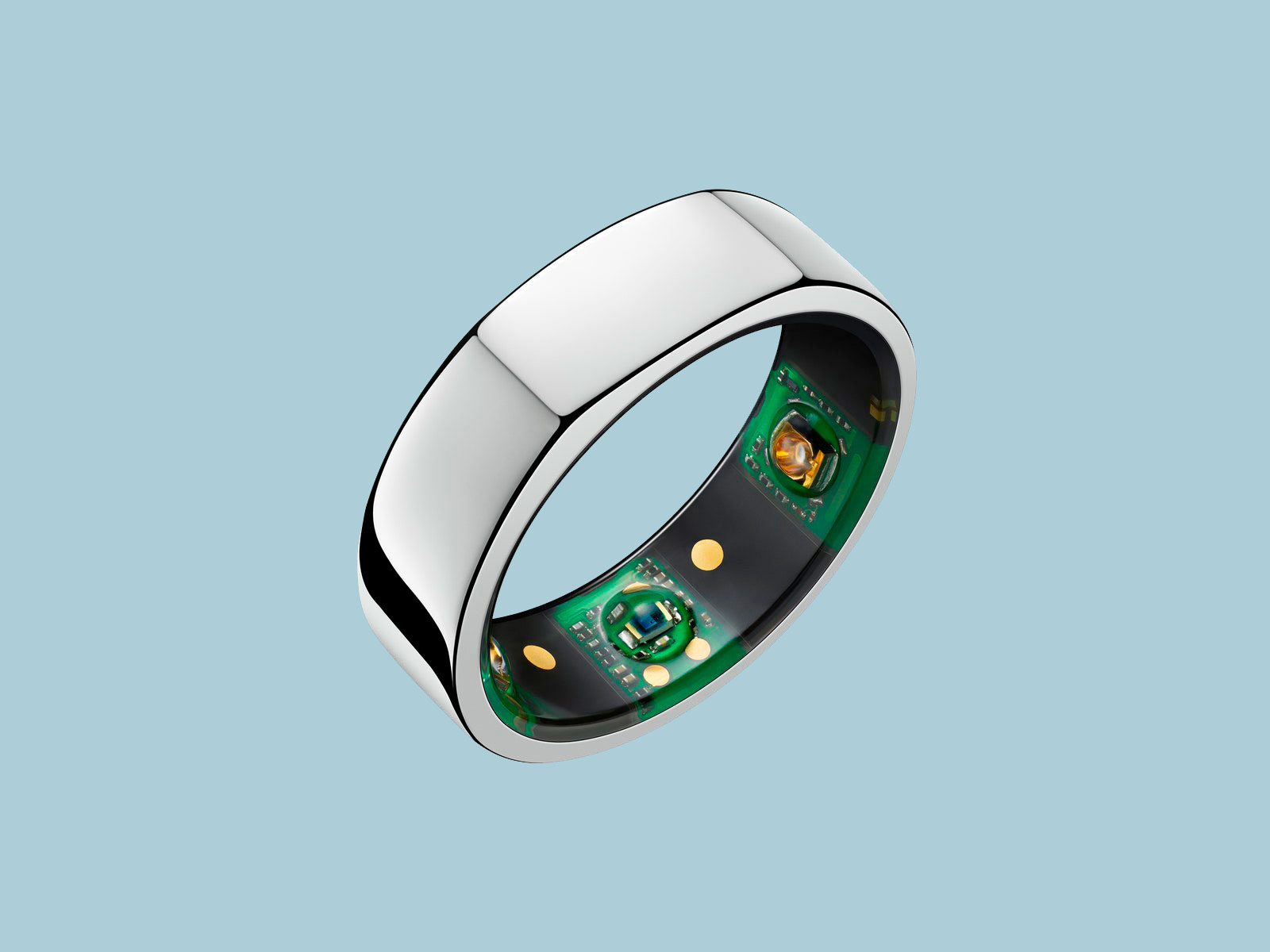What will beauty look like in 2030? A new report investigates
From bodies that become machines to technology that mimics real-life, ‘Absent Beauty' examines the future of beauty and wellness

What does beauty mean in our post-2020 world? How has this period of illness and isolation shifted our understanding of what is desirable in ourselves and others? How will individuals manifest beauty in the years to come?
These are the questions Lucy Hardcastle Studios is trying to answer in its new insight report ‘Absent Beauty,’ originally published on foresight and trends intelligence platform, LS:N Global. A multidisciplinary design practice focused on ‘sensual storytelling for a digital age,’ Lucy Hardcastle Studios uses its own past projects in interactive technology, 3D visuals, and moving image to examine how our understanding of beauty has changed in the past year and the impact that will have on our future.

Lockdown beauty: the current state of things
According to the report, beauty is something that an individual can manifest through various ‘rituals’ or everyday acts (i.e. makeup application or the use of an Instagram filter).
‘Absent Beauty’ posits that there are three main areas where we perform these rituals of beauty – the body, the domestic space and the virtual space- and that the past year has dramatically reoriented our relation to/ understanding of these areas.
As we live in a ‘suspended state,’ with the typical activities of lives put on hold, our tactical interactions have been largely limited to ourselves and our domestic space. We have not been out engaging with others as we once did and the result is that there is now a greater focus on our immediate personal space.
With our points of physical interaction limited to ourselves and our homes, wellness is now a highly personal act that must be cultivated by the individual.

Our new tech-saturated reality
When we do present ourselves to the outside world, we do so through technology. In this technological universe, we can carefully curate the version of ourselves that the world sees. As Hardcastle puts it, ‘although we are in this suspended state, we still have a need to represent ourselves, producing a reality that is highly performative yet domestic.’
If it all sounds a little too abstract, think of it this way – in 2020 ‘beautifying’ acts that once relied on the skill of others, be that a haircut or skincare treatment, were largely done by individuals at home.
In 2020, when we presented ourselves to the world it was often through social media with a picture we took ourselves, or on Zoom where we could choose to be seen or not and if we did decide to show ourselves, it was only a Brady Bunch-style frame of our head that was visible. Our self-presentation became highly limited and highly controlled.

Newly launched gadgets make it easy to recreate skincare treatments at home
Screen-free escapism: what's coming
So what does this mean for our future? According to Hardcastle, our reanimated reality will be very different than what came before. ‘In what feels like an unpredictable world, the advancement to have control over one’s own body, environment and routine, which was already becoming apparent with the support of tech, has now become invaluable.’
‘We will have become at the centre of our own universe… [and] this focus on the self, and therefore our own biology will provide a new way to understand oneself.’
As we become more aware of our own biology and more reliant on technology, we will start perceiving our bodies as machines. Our biological functions will be transformed into data points, our physical health and mental wellbeing will now be things that we can quantify and measure.

The Oura ring monitors body temperature, respiratory rate, and other signals to generate in-depth sleep profiles
We’ve already seen the beginning of this trend with the popularity of the Oura ring for improved sleep or watches designed to optimise your exercise routine.
Hardcastle predicts that by 2030 people will average about 10 hours of screen time a day (four hours more than we do now). In this new, tech-saturated reality, a trend for ‘physiological nostalgia’ will emerge.
‘Physiological nostalgia’ will use technology to trigger peaceful, nostalgic memories that induce a sense of relaxation, creating a screen-free means of transforming your domestic space into a meditative zone. Audio escapism and aromatherapy will be essential to this, as well as soft robotics that recreate various textures on demand.

Those interested in theoretical case studies around this topic will enjoy exploring the Lucy Hardcastle Studios' past projects. These include, ‘Wetlands’ which uses Lucy’s own brainwaves to create a digital landscape, or ‘Intangible Matter’, which uses 3D software to visually recreate the experience of smelling a particular perfume.
We’ll have to wait and see how many of ‘Absent Beauty’s' predictions will come to pass, but there’s no doubt that these next few years will usher in a brave (and perhaps beautiful) new world.
INFORMATION
Receive our daily digest of inspiration, escapism and design stories from around the world direct to your inbox.
Mary Cleary is a writer based in London and New York. Previously beauty & grooming editor at Wallpaper*, she is now a contributing editor, alongside writing for various publications on all aspects of culture.
-
 ‘I want to bring anxiety to the surface': Shannon Cartier Lucy on her unsettling works
‘I want to bring anxiety to the surface': Shannon Cartier Lucy on her unsettling worksIn an exhibition at Soft Opening, London, Shannon Cartier Lucy revisits childhood memories
-
 What one writer learnt in 2025 through exploring the ‘intimate, familiar’ wardrobes of ten friends
What one writer learnt in 2025 through exploring the ‘intimate, familiar’ wardrobes of ten friendsInspired by artist Sophie Calle, Colleen Kelsey’s ‘Wearing It Out’ sees the writer ask ten friends to tell the stories behind their most precious garments – from a wedding dress ordered on a whim to a pair of Prada Mary Janes
-
 Year in review: 2025’s top ten cars chosen by transport editor Jonathan Bell
Year in review: 2025’s top ten cars chosen by transport editor Jonathan BellWhat were our chosen conveyances in 2025? These ten cars impressed, either through their look and feel, style, sophistication or all-round practicality
